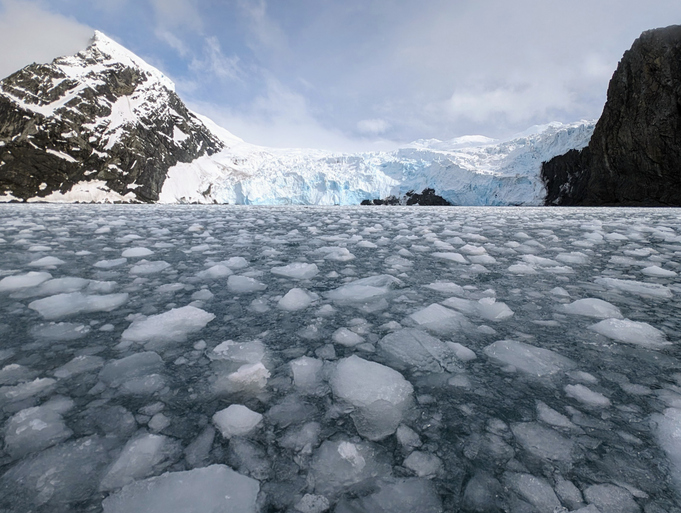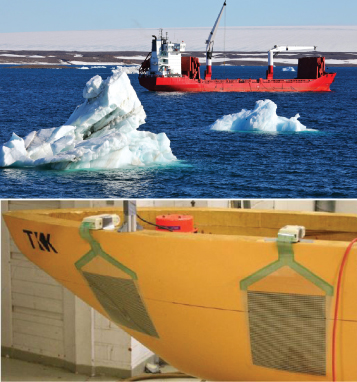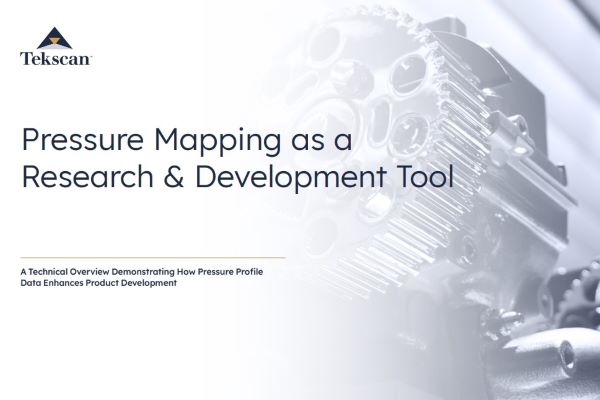Understanding Ice Pressure to Improve Ship Safety: Reflections on Aalto University’s Endurance Study

Summary: Aalto University’s latest research on Shackleton’s Endurance has sparked global interest — revisiting one of history’s greatest maritime engineering questions. The study reinforces how understanding and measuring pressure remains central to improving ship and offshore safety — the same focus that drives Tekscan’s work with engineers and researchers around the world.
More than 100 years after Sir Ernest Shackleton’s ship Endurance was crushed by Antarctic Sea ice, researchers are still uncovering new insights into the forces that led to its loss. A new peer-reviewed study from Aalto University’s School of Engineering, published in Polar Record (Cambridge University Press, 2025), has drawn international attention for challenging long-held assumptions about why Endurance sank.
Led by Professor Jukka Tuhkuri, the study concludes that the vessel was not torn apart by a single rudder failure, as often described, but was crushed by compression from Antarctic sea ice, overwhelmed by stresses its wooden hull was never designed to withstand.
This work continues Aalto University’s longstanding leadership in ice–structure interaction research—a field where Tekscan’s pressure mapping systems have played a key role. In previous Aalto studies, engineers used Tekscan technology to measure and visualize ice loads on ship hulls, providing valuable data to improve vessel design, ensure crew safety, and validate simulation models under extreme conditions.
 Figure 1: Pressure mapping sensors placed at the bow and bow shoulder of one of the ship models.
Figure 1: Pressure mapping sensors placed at the bow and bow shoulder of one of the ship models.
Aalto University’s broader body of research in ice–structure interaction—including prior experiments using Tekscan’s pressure mapping technology—has helped advance the field’s overall understanding of how pressure influences ship design and safety. Previously, researchers with the University employed pressure mapping technology to analyze ice crushing pressures on a ship’s hull during hull-ice interaction. A series of tests took place over four days in an ice tank, using two different ship models. Four pressure mapping sensors were positioned at different points of the hull to capture peak pressures. Per their analysis, data captured in the model scale gave realistic pressure distributions for the ice induced loads in level ice conditions for various types of ships. The researchers determined that the ice crushing pressures captured in the model analysis could be compared with full scale data. Their findings suggested that mid-ship crushing pressures could be surprisingly high, especially when a ship has a high horsepower.
From early exploration to advanced engineering, our fascination with understanding physical forces hasn’t changed — only our ability to measure them,” said John Jutila, Tekscan CEO. “It’s inspiring to see universities like Aalto applying modern analysis to one of history’s most famous engineering failures, and to know Tekscan’s technology has contributed to this broader understanding of how to design for safety and resilience.
By linking historical insight with modern engineering understanding, Aalto University’s research adds valuable context to ongoing engineering efforts to understand how compressive forces impact ship integrity and safety.
Learn more about Aalto University’s earlier research using Tekscan technology:
Ensuring Crew Safety: Pressure Mapping in Ship-Ice Interaction Studies
Source: Kujala, P. et. al. “Statistical Analysis of Ice Crushing Pressures on a Ship’s Hull During Hull-Ice Interaction” Cold Regions Science and Technology Journal 70 (2012) 1-11
Download our eBook: Pressure Mapping as a Research & Development Tool
Our eBook, “Pressure Mapping as a Research & Development Tool,” explores how engineering teams are using high-resolution pressure and thin-film temperature mapping to uncover hidden issues, reduce costly redesigns, and build more reliable products.

